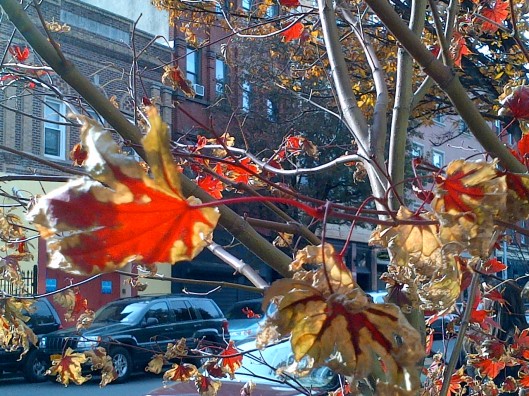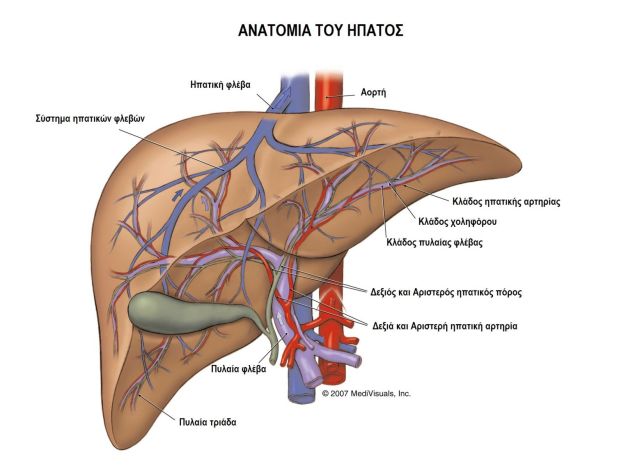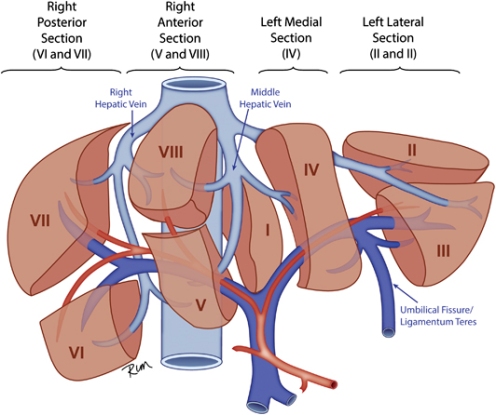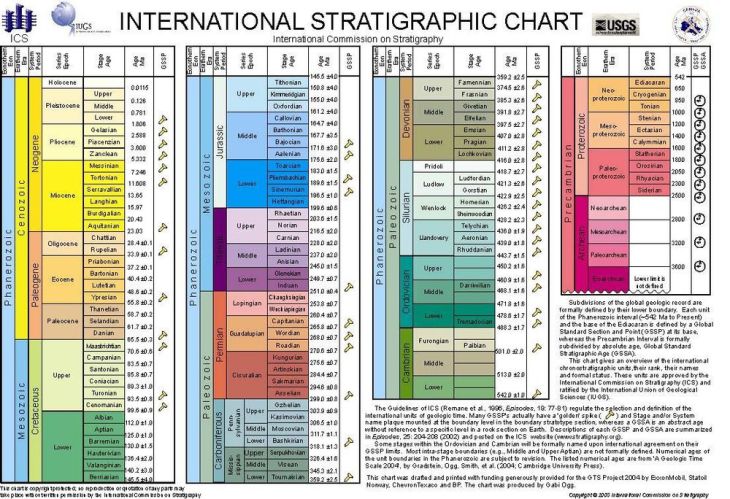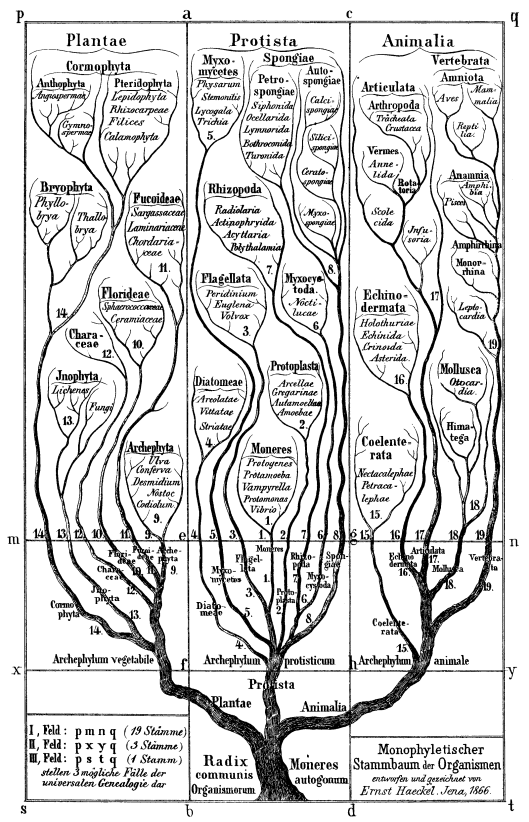This is my personal project: seeing science as a cultural vector.
Since first reading, in 2008, about the “colony of microbes in the crook of your arm,” I have been seeking out the emerging and the extant knowledge we have about our human microbiome and gut microbes.
Can we peer into the micro-scale natural world that we “host” and that helps our bodies regulate many processes and that mediates much of our relation to the greater world?
How does a microbiome function, exist through time, how do its components establish their place or take hold? Microbes wash in and out like waves, yet some have been with you from before birth. Microbes are knocked out by antibiotics; what returns?
How can we join in “translating” the emerging findings into cultural receptivity to inform our choices about food, health, and maybe new aesthetics?
What our does our daily “diet” or cuisine mean, in terms of our interconnected dynamic relations with the microbes that are part of us?
Microbiologists and doctors, a diversity of researchers with diverse questions, are using high level computing and statistical tools to sift out the “profiles in diversity” of our microbial populations.
The anthropology of science is being played out before us and by us, as we experience and react to the news articles, studies, books and health advice; and try out veggie fermentation and cultured kefir, probiotics and probiotics.
Interested in going deeper?
Here are 3 books that present much of the current practical understanding:
Sonnenburg J, Sonnenburg E. The Good Gut: Taking Control of Your Weight, Your Mood, and Your Long-term Health. New York, NY: Penguin Press; 2015.
Blaser, MJ. Missing Microbes: how the overuse of antibiotics is fueling our modern plagues. New York, NY: Henry Holt and Company; 2014
Knight, R. Follow Your Gut: The Enormous Impact of Tiny Microbes. New York, NY: Simon and Schuster/TED; 2014
And for more background:
Enders, G. Gut: The Inside Story of Our Body’s Most Underrated Organ. Vancouver, CA: Greystone Books; 2015.
Angier, N. The Canon : a whirligig tour of the beautiful basics of science. New York, NY: Houghton Mifflin Co.; 2007 >> Chapter 7: Molecular biology: Cells and whistles
